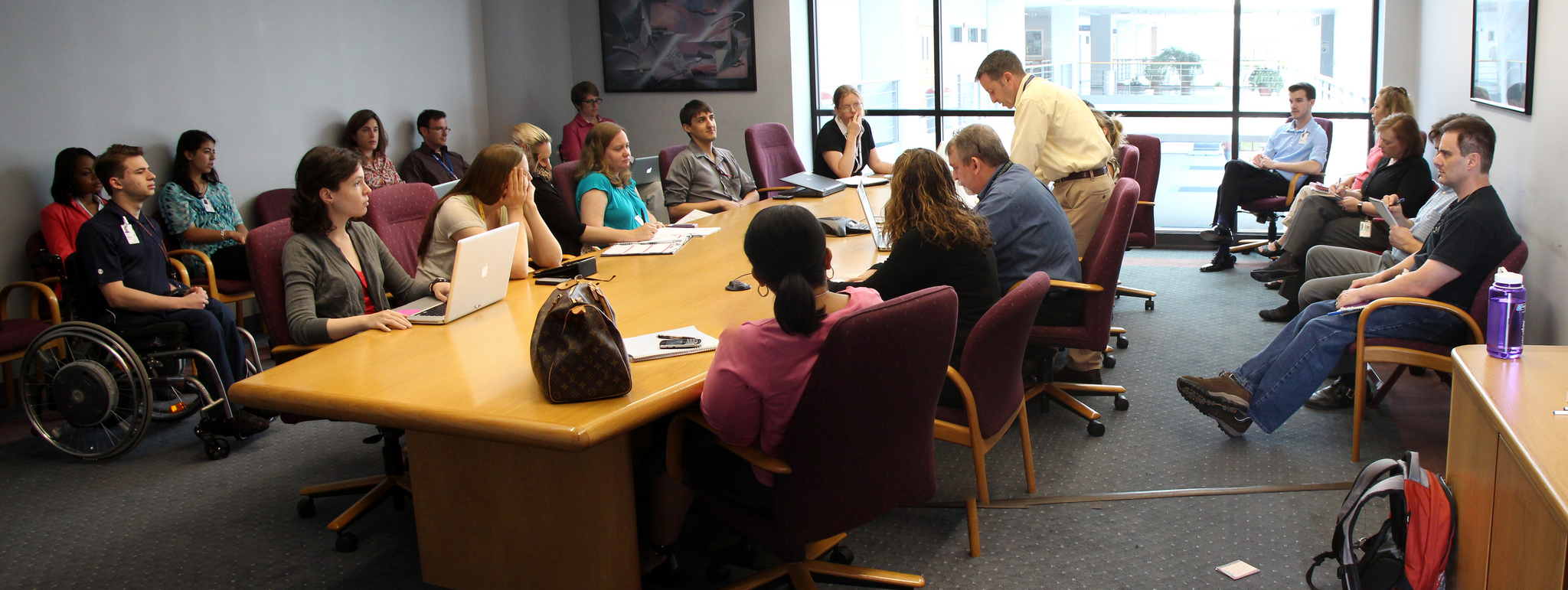How Increased Employee Retention Enhances Your Bottom Line
Most businesses grossly underestimate the true cost of turnover, and they pay the price when they allow strategic engagement and retention planning to fall by the wayside. Such initiatives are more than just good public relations. They create a culture in which employees stay with the company longer, are more productive at work and provide the priceless word-of-mouth and social media advertising that creates a high-quality employer brand.
Who Are Today’s Job Seekers and Why Are They Jumping Ship?
In a survey of more than 5,000 job seekers and 2,000 hiring managers, CareerBuilder’s 2015 Candidate Behavior Study made a startling discovery. Three out of four employees are open to or actively seeking a new position. While not all are sending out resumes during their time away from work, this figure represents the full extent of the population in danger of being wooed away by friendly recruiters looking for top talent through social media.
The study explored the impetus behind employees’ increasing willingness to take new positions. While the reasons vary from frustration with limited development opportunities to dissatisfaction with compensation and benefits, the underlying theme is low engagement. Employers are simply not offering the type of work environment and company culture that inspires staff members to stay.
Calculating the True Cost of Turnover
Most members of management understand that the hard costs of replacing a single employee are quite high. For entry level workers, the figure can be between 30 percent and 50 percent of annual pay. Replacing specialized and executive level workers can cost even more — up to 400 percent of salary.
However, measuring the less obvious costs is just as critical for understanding the full financial impact of a single resignation. Aside from the on-boarding and training costs that come with bringing a new hire on board, there are costs associated with the time managers and peers devoted to bringing a new colleague up to speed.
In addition, every resignation means a wealth of company-specific knowledge and experience lost. HR expert Suzanne Lucas notes that remaining staff tend to have lower productivity after a resignation due to a dip in morale, and the timing couldn’t be worse, as they are often called upon to handle extra responsibilities until a replacement is located.
Three Steps to Increased Retention
Ensuring workers are engaged is more complicated than benchmarking compensation and benefits against competitors. While low pay makes staff members unhappy, increasing compensation merely brings morale back to neutral. There are three factors that are critical to engaging today’s workforce:
Performance Feedback
The traditional methods of measuring performance annually are obsolete. Today’s workforce is interested in frequent, timely feedback — both good and bad. Employees are no longer willing to submit to authoritative management styles. Instead, they want leaders that collaborate, with an emphasis on communication and teamwork.
Workplace Flexibility
The line between work and play is growing fuzzier, as mobile technology means constant business-related communication is standard practice. Instead of work/life balance, today’s workforce wants work/life integration. This means giving staff members greater control over where, when and how tasks are completed.
Development Opportunities
Standard career ladders and succession planning methods don’t meet workers’ needs anymore. Rather than seeking progressively more responsible positions in ever-higher pay grades, today’s employees want development opportunities that improve their knowledge and skills in a variety of areas. Requested development opportunities may or may not be job-related, which at first glance seems counter-intuitive.
However, forward-thinking businesses that offer workers a chance to pursue their interests and passions find their employees are productive and engaged when performing the functions of their jobs. This leads to greater retention, which positively impacts the company’s bottom line.







